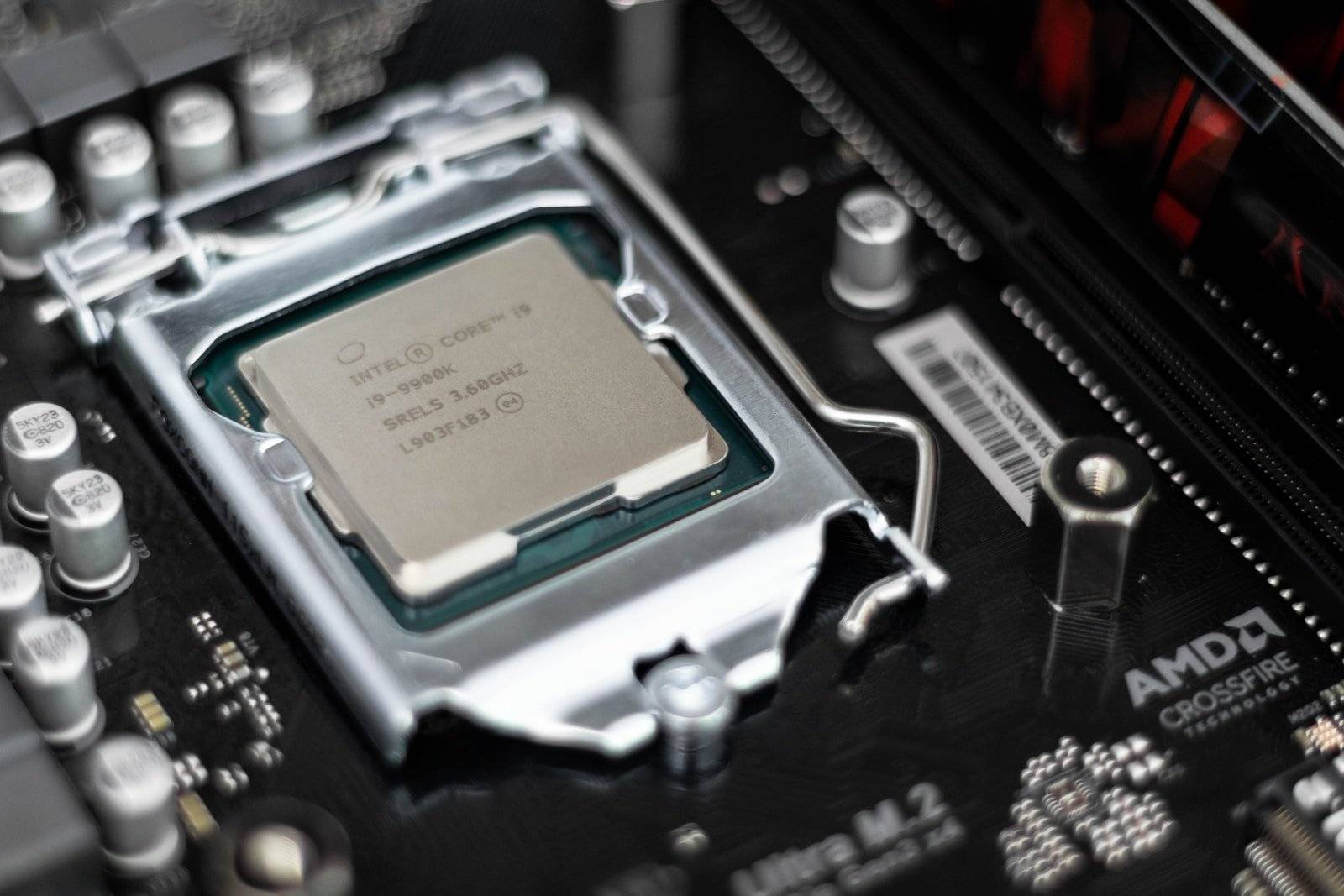With the advancement of blockchain technology over the past few years, it can be divided into multiple categories with distinct and sometimes partially overlapping attributes.
Since blockchain is a relatively new technology, many people use it interchangeably with cryptocurrency or digital currency. The main reason for this is that the first and most famous application of blockchain technology was Bitcoin, the first decentralized digital cryptocurrency.
You know about blockchain technology, but are you familiar with all of the types?
Before categorizing blockchain technology, we need to understand Distributed Ledger’s distinction from the blockchain.
The term distributed ledger corresponds to a shared database, so all blockchains can be considered distributed ledgers or shared databases. Even though all distributed ledgers are fundamentally blockchains, all blockchains are not necessarily distributed ledgers.
A distributed ledger does not always consist of blocks of transactions, which is what differentiates it from a blockchain. In fact, a blockchain consists of blocks of transactions and is a special type of shared database.
An example of a distributed ledger that does not use blocks of transactions is R3’s Corda.
Distributed Ledger Technology (DLT) covers a wide range of distributed ledger technologies, including blockchains and distributed ledgers of all kinds.
Fig.
Public Blockchain
Public blockchains are not owned by anyone. Nodes on a public blockchain can participate in the decision-making process. Participants may or may not receive rewards. The users of these “permissionless” or “un-permissioned” ledgers keep a copy of the ledger on their local machines and use a distributed consensus mechanism to decide the eventual state of the ledger.
Private / Consortium Blockchain
Unlike public blockchains, private blockchains are just that – private. The ledgers are only available to a consortium or group of individuals or organizations that have decided to share the ledger among themselves. Kadena and Quorum are examples of that.
Semi-private Blockchains
Semi-private blockchains have parts that are private and parts that are public. In a semi-private blockchain, the private part is controlled by a group of individuals, while the public part can be accessed by anyone.
Sidechains
The sidechain is a blockchain that is separate from the main bitcoin blockchain but is attached to it. By attached we mean that the sidechains are linked to, and derive their security from, the main Bitcoin blockchain. In this way, a second chain is created with a special purpose. The new blockchain is called a sidechain, because it’s secondary to the main chain. A good example is Bitcoin’s Lightning Network. Lightning Network is a sidechain that allows Bitcoin to scale. It works by using sidechains to create payments that are off-chain.
There are two types of sidechains:
A.
A sidechain that is pegged to the Bitcoin blockchain, such that for every Bitcoin that moves there will be an equal amount on the sidechain in a 1:1 relationship.
B.
A sidechain that is not pegged to the Bitcoin blockchain, but the value of the sidechain is dependent on the value of the Bitcoin blockchain such that the bitcoin blockchain is the anchor to the sidechain.
Permissioned Ledger
A permissioned ledger is a distributed ledger where the participants are trusted. The technology is based on the idea that blockchain can provide a new kind of trustworthy and secure consensus mechanism to manage transactions. Permissioned ledgers can also be considered as the decentralized version of traditional databases. The difference between a permissioned ledger and a database is that the latter is a centralized system where only one entity controls access to the information in the database. On the contrary, in a permissioned ledger, all the participants have equal access to the same information. In this sense, a permissioned ledger is decentralized and permissionless at the same time.
Conclusion:
You have probably come across Bitcoin, Ethereum, and other cryptocurrencies when you think about blockchain technology. However, Blockchain, the decentralized ledger technology that underpins cryptocurrency, has a much broader application. Transactions are recorded in a distributed, tamper-proof ledger called a blockchain. It can be used for everything from financial applications to supply chain management. Blockchain will become the primary means of storing data in the coming years. It is a technology that will change how we work, shop, and socialize.










